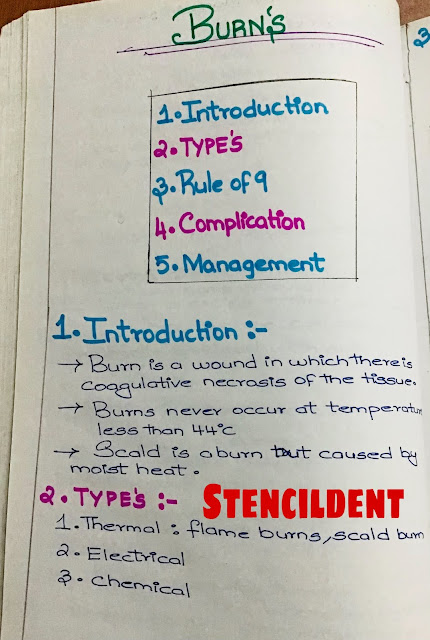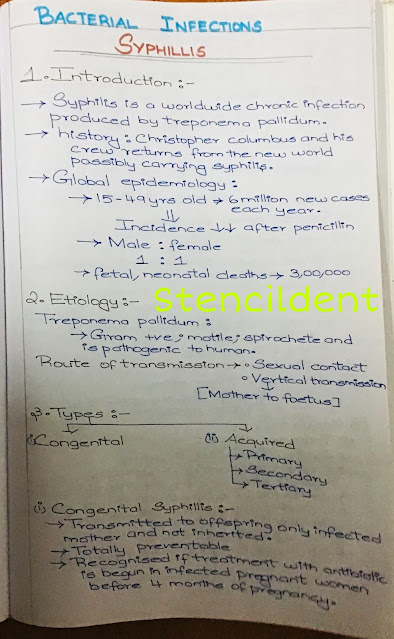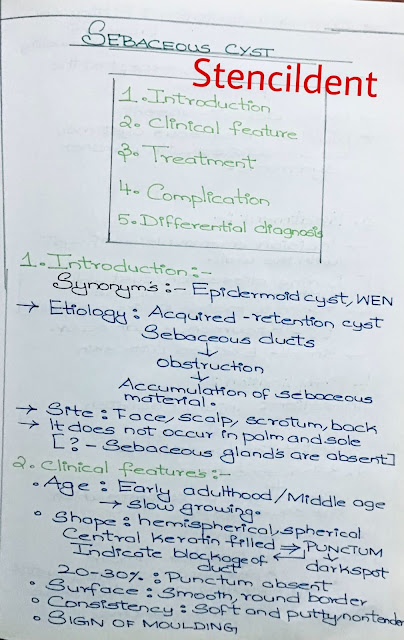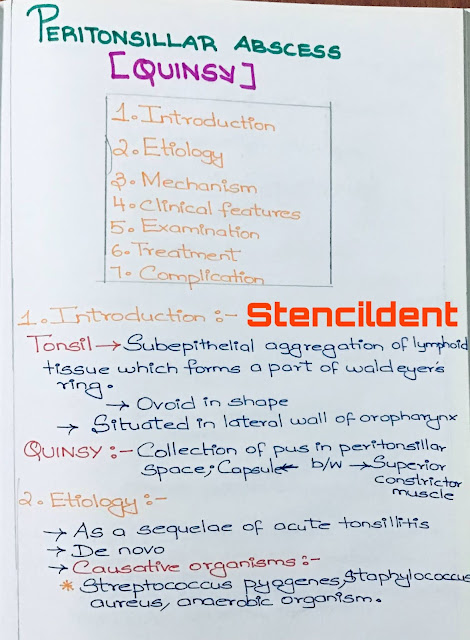LEUKOPLAKIA - oral medicine notes

LEUKOPLAKIA POTENTIALLY MALIGNANT DISORDER : R isk of malignancy being present in a lesion or condition either during the time of initial diagnosis or at future date PRECANCEROUS LESION : Benign morphological altered tissue in which cancer is more likely to develop than its normal counterpart : leukoplakia Erythroplakia Tobacco pouch keratosis Palatal lesion in reverse smokers PRECANCEROUS CONDITION : Generalized state or a disease which can be associated with greater than normal risk of cancer development OSMF Lichen planus Epidermolysis bullosa LEUKOPLAKIA : White plaque of questionable risk having excluded (other)known disease or disorder that carry no risk for cancer PLAQUE- Raised lesion that are greater than 1 cm in diameter ,they are essentially large papules PAPULE: Lesion raised above skin or mucosal surface that are smaller than 1 cm in diameter WH...





